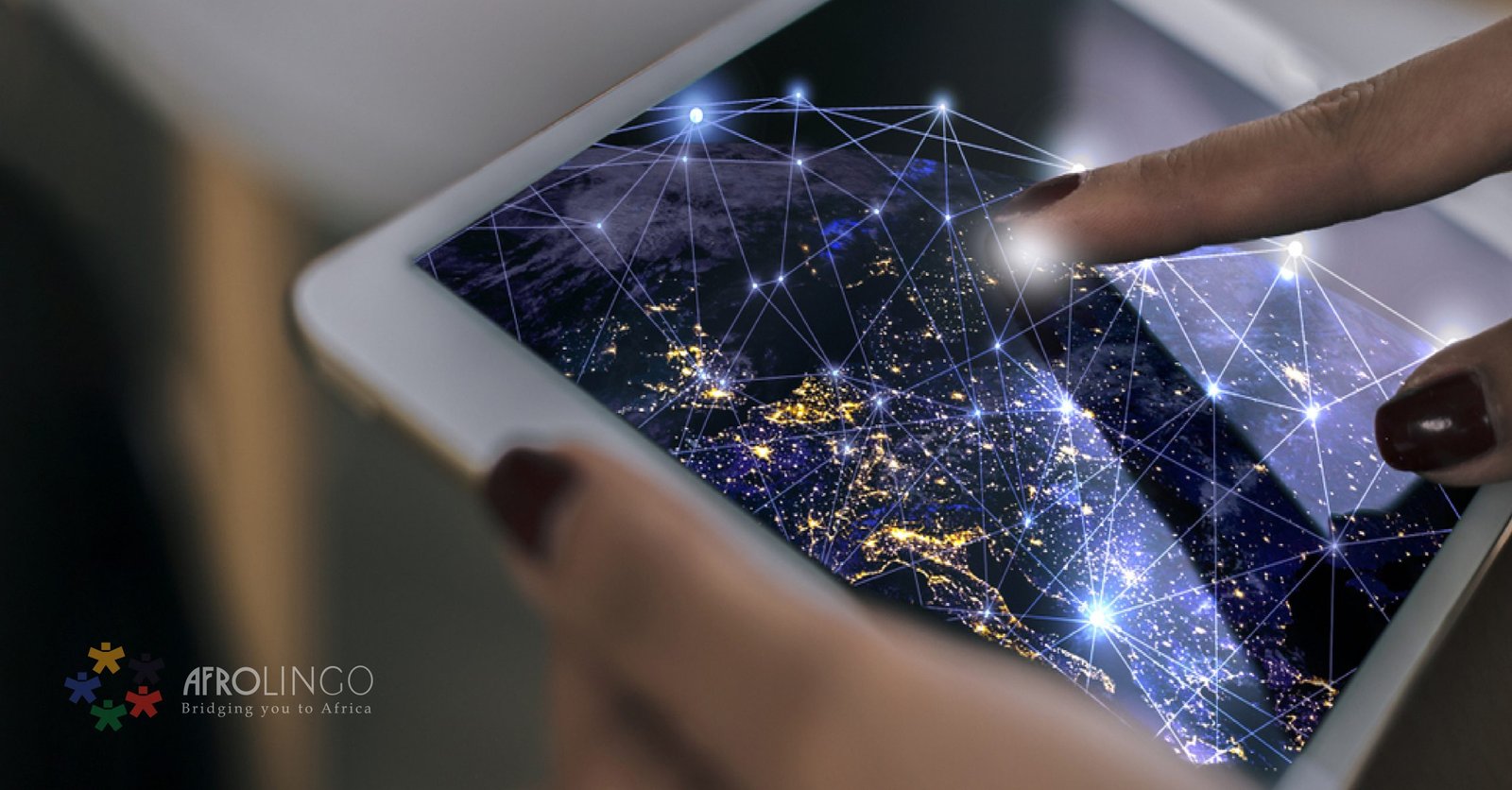Businesses always use the two services of translation and localization to cross their local borders and to reach out to foreign audiences. So, is this commonsensical?
“Big yes” is the equivocal answer. Companies are now living in a global marketplace. Whatever the type of business, provided it is smart and global-minded, it must be seeking access to selling its products to almost any people on the planet. And here comes the critical role of translation services. So, what is the history of transition?
History of Translation
Since the dawn of history, people always spoke different languages in different areas of the world. Unsurprisingly, translation has bit by bit developed as a great way that enables humans to communicate with each other. However, translation has taken a long path to reach where it is today. Let’s dive deeper to know how translation has developed from antiquity to the present day.
1-Early beginnings
It all began in the Mesopotamian era, about the second millennium BC, with the translation of the famous epic Gilgamesh into Asian languages. Later, Roman poets translated ancient Greek texts. Afterward, Arab scholars translated the literary and philosophical works of the Greeks, after they had been conquered, and then these works were translated into Latin during the Medieval Ages.
2-Translation of Religious Texts
The Bible was actually the first important religious material to be translated from Hebrew into Greek.
3- Translation of Printed Material
The invention of the printing press by Johannes Gutenberg in 1440 dramatically changed the world. Translation was one of the areas which changed, with texts being more easily translated and published in any region’s local language.
4-Modern-day Translation
Now things are completely different ─ and better! Translators are using many tools that make their work much easier. They come from all countries and usually specialize in different fields. With this, we now know what is called legal translation, medical translation, technical translation, marketing translation, and so on.
5-Translation in the Age of The Internet
It goes without saying that the internet has radically transformed everyone’s ability to access information from all over the world, whether they be literary texts, news, or business content. Translation is one of the areas which have been greatly affected by the online revolution. In our increasingly interconnected world, the Translation industry’s value hit USD 39.6 Billion in 2019 and is expected to reach USD 46.2 Billion by 2027.
Importantly, translation is being increasingly used in the realm of business for companies to communicate with their prospective and existing customers in their mother tongues in different regions across the world.
However, bit by bit, businesses have come to learn that translation by itself will by no means meet the challenges of communication or achieve the objective of selling products and services in overseas markets. Companies now understand that to reach out to customers across the borders, they have to understand the culture of each country and each audience they will be targeting. And here comes the magic service of localization ─ website localization, mobile app localization, software localization, among other services.
Given the above thrilling history of translation and localization, it’s time to look at what technology is doing to change the scene on the technical and professional levels.
Localization and High Tech
There’s no doubt that as technology is advancing, Localization is progressively taking the entire language services industry forward to new levels and new horizons. In this context, let’s dive deeper into how Localization with new Tech is helping the localization industry to advance.
1- Career Boosting Matters!
As technology is increasingly being integrated into the localization industry, linguists find they have to acquire more and more skills in the areas of Machine Learning, Artificial Intelligence, and soft skills. No doubt this gives translators and other relevant jobs more opportunities to drive their career growth.
2- Quality is Boosted by Improved CAT Tools
CAT tools ─ Computer-Aided Tools ─ are now integrated with Machine Learning ML and Artificial Intelligence AI in a new technology trio that is considerably boosting the translation quality.
3- Improved Security
As Single Sign-On SSO and role-based authorization are currently being integrated into cloud services, security is also remarkably improved. At the end of the day, these tools result in further guaranteeing the confidentiality of the customer’s data by preventing unauthorized persons from accessing the translated content.
After all is said and done, we still need to raise an important, albeit simple, question: What should your localization services partner look like?
Why AfroLingo?
We’ve been leading the languages services industry in delivering premium localization services since 2008.
We stand out in the sea of localization services agencies in Africa thanks to our impressive track record in the areas of localization expertise, rigorous quality assurance processes, on-time delivery, and, more importantly, state-of-the-art technology.
Each time we handle a website localization project, we ensure that our client’s most important digital property, their website, best reflects their image and brand identity in the eyes of the broad spectrum of their multilingual audiences.
When it comes to our software localization services, they bridge all cultural barriers, making your software product truly global.
Overall, we provide our clients in South Africa, Kenya, and everywhere across Africa with a localization service that empowers them to expand into the broad horizons of international markets.
Contact us today for a free quote.


